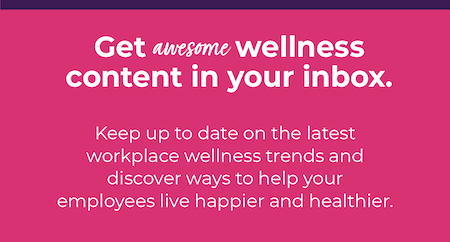The summer season comes with some awesome health benefits. Largely due to the weather, people are much more active during the summer than they are during the colder months of the year. People are walking, biking, hiking, running, and participating in healthy leisurely activities like gardening.
Unfortunately, sometimes these summertime activities can bring additional health risks to your employees. While this doesn’t mean your employees should stay inside all summer long, employees should still be aware of any potential health hazards the season has to offer.
With a little bit of prevention, employees can enjoy the summertime in all its glory without having to fear any summer health risks. Keep on reading to learn about seven summer health hazards and some tips on how to avoid them.












